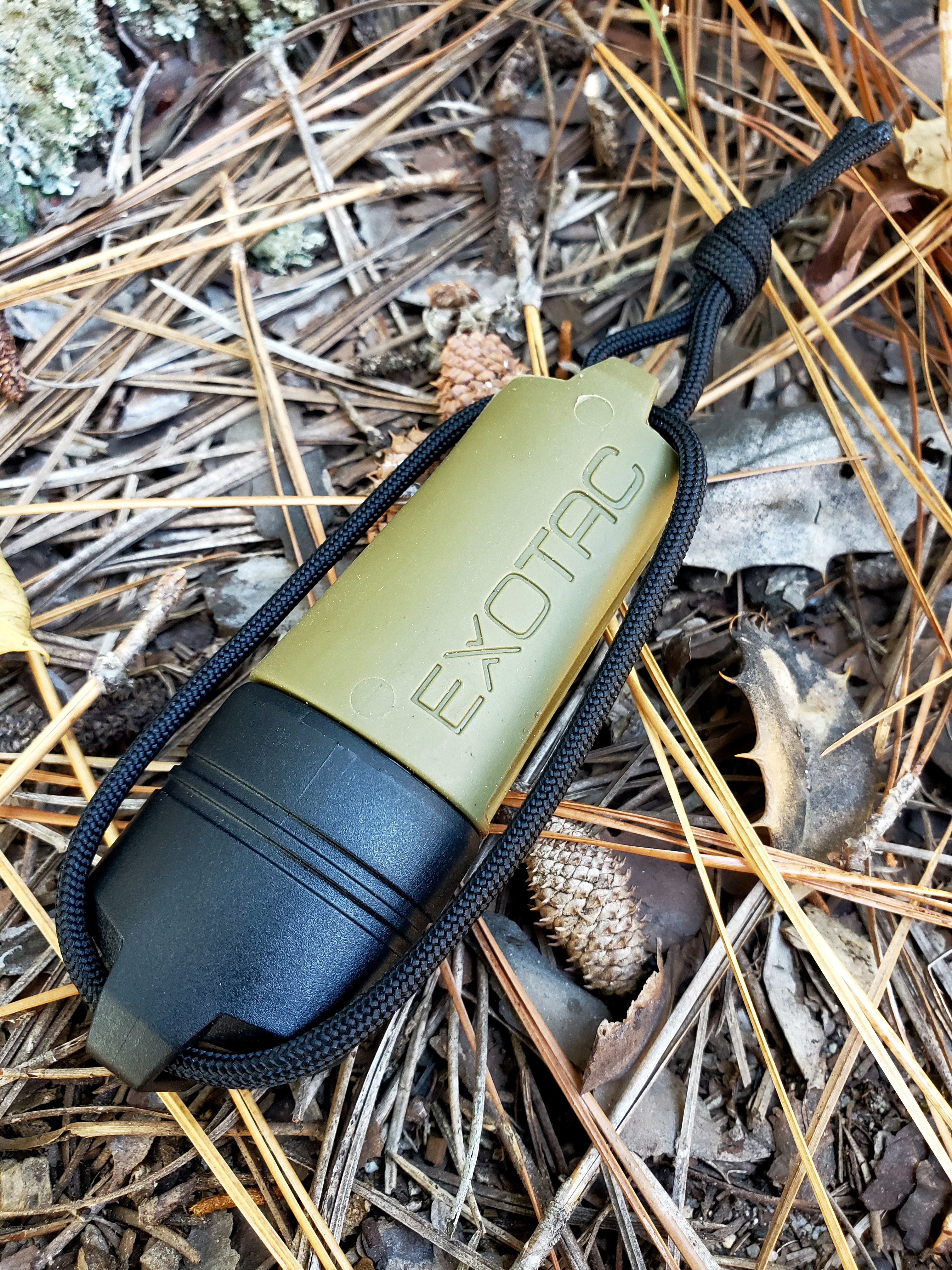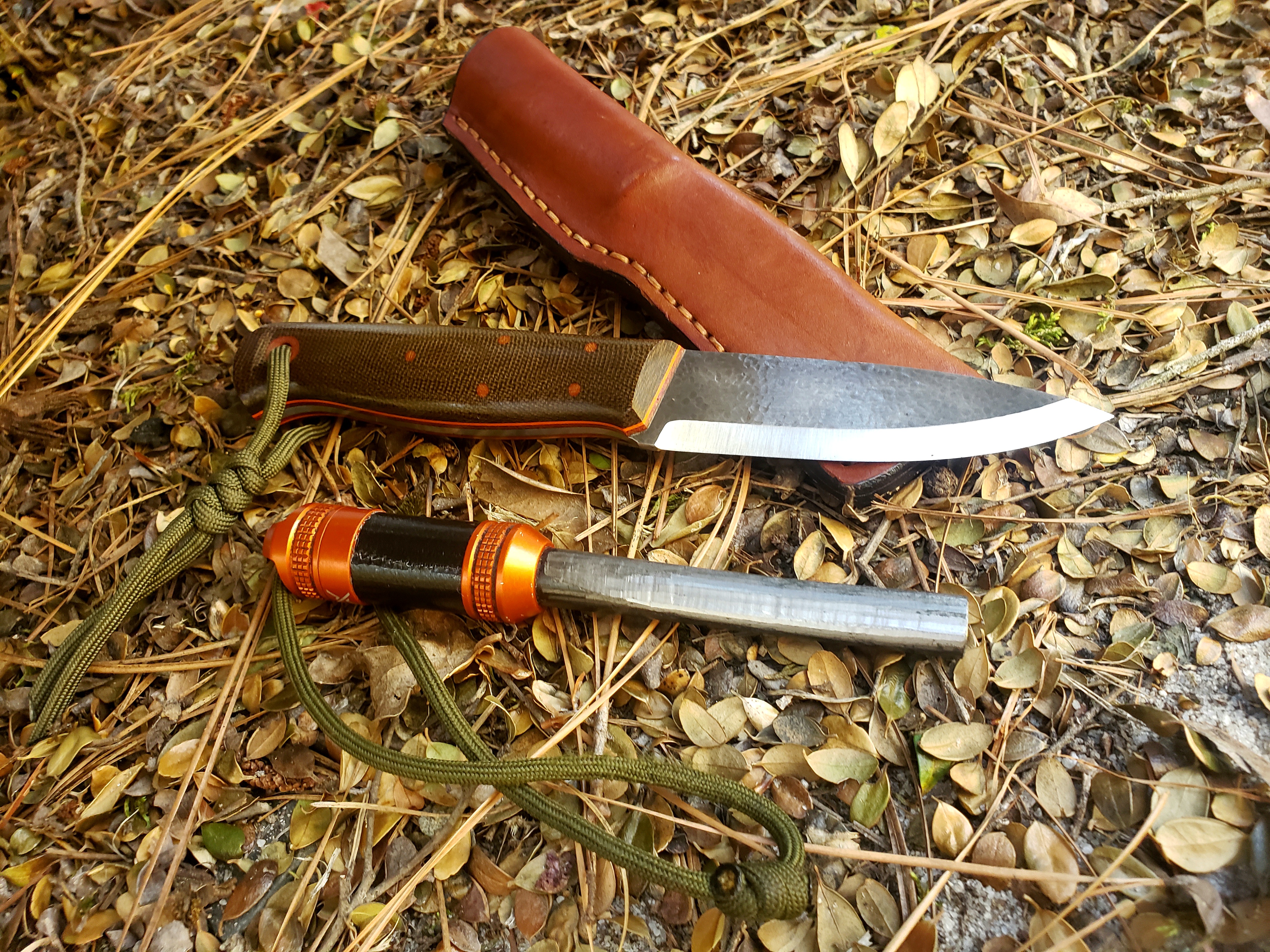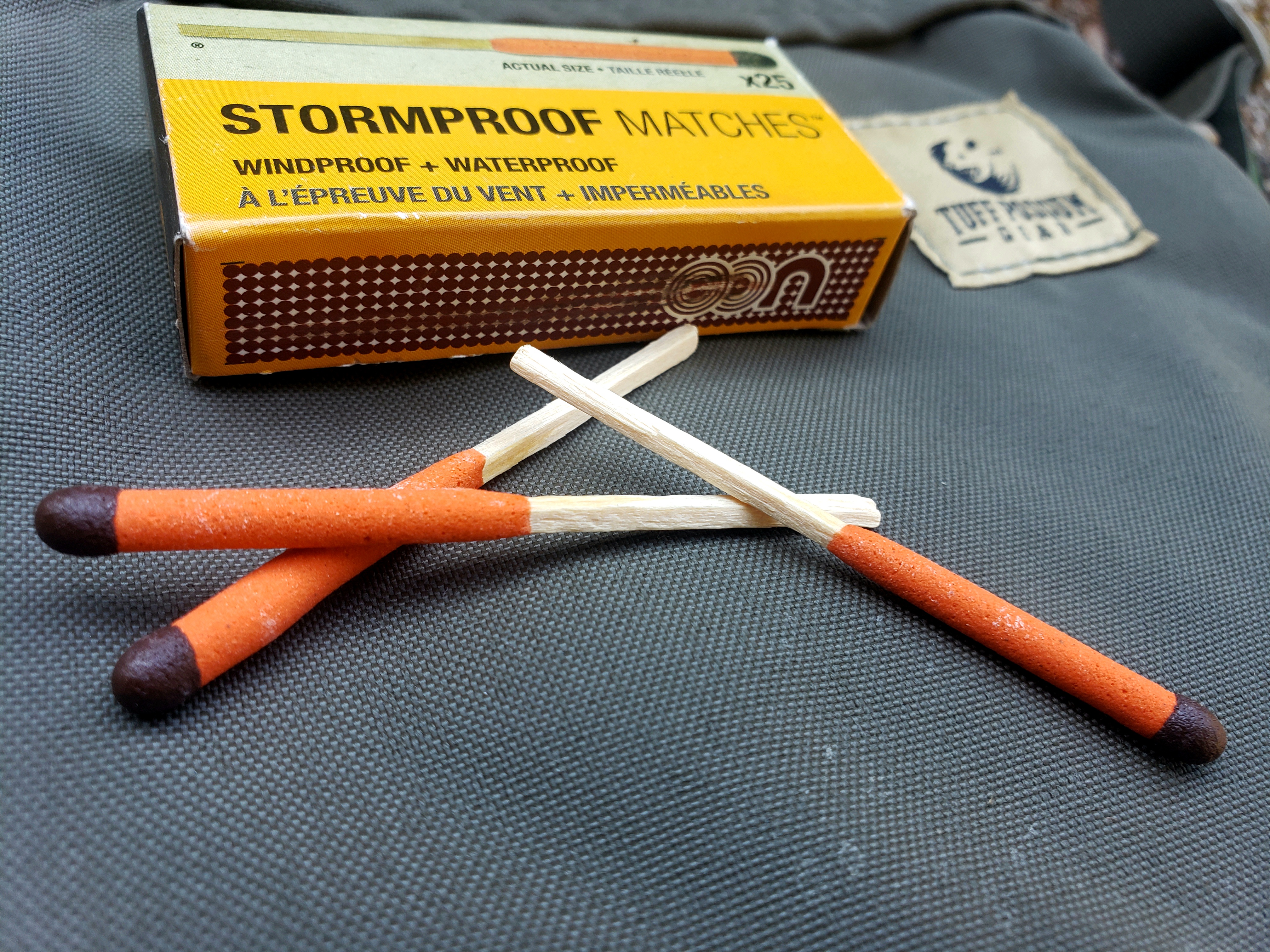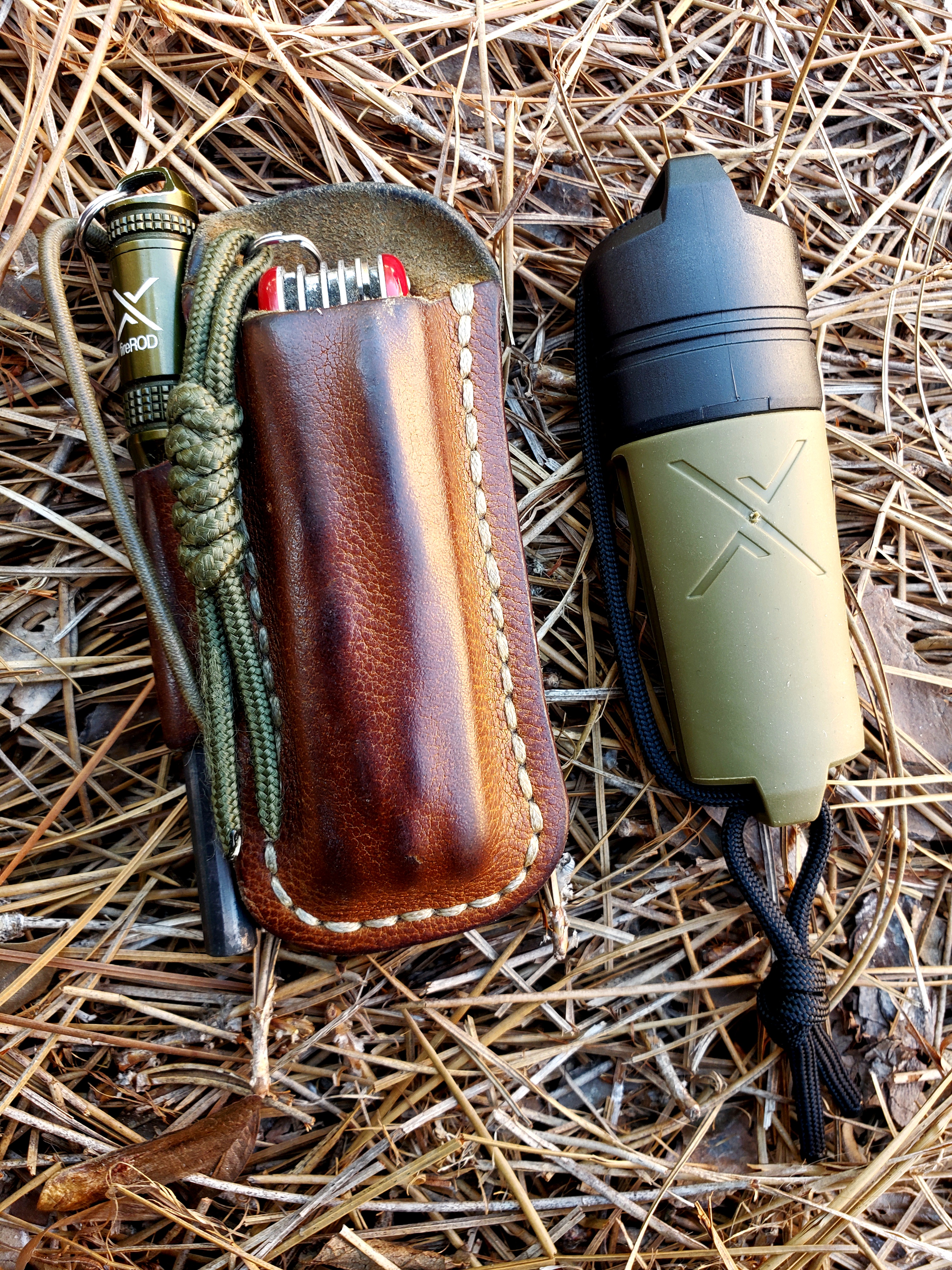Every adult should carry the means to make fire at all times. It's that simple. The ability to start a fire was once held in higher regard than it is now. Think about it: how often have you been to a birthday celebration where someone has asked, "Does anyone have a match or lighter?" to spark the candles on the cake? How often have you heard someone ask for a lighter around a gas grill at a cookout? You may not regularly train in the wilderness nor know how difficult it is to make fire off the land. You may want to add certain items to your EDC but need help understanding what and why. For these reasons, I want to share my thoughts on three common fire starters and what makes them appropriate for your gear lineup.

Lighter
You can purchase this fire starter for about a dollar, which can make about 1000 one-second fires. That is if you buy a BIC lighter. I highly recommend carrying a BIC lighter everywhere and dispersing them throughout your kit. Before you tuck them away, you should remove the child-safety lock. My preferred method for a BIC lighter carry is with an EXOTAC fireSLEEVE that makes an already highly functional lighter even better with a water-resistant container. Another option for lighters is wick and fuel varieties, with the ZIPPO being the most popular. These lighters are great for cold weather and are available in many designs and styles for personalization. Regardless of which type of lighter is selected, there is always a trade-off despite the benefits of carrying a "straight-to-fire" option. Keep in mind BIC lighters can be less reliable in the cold, and ZIPPOs can evaporate fuel if you don't place a ranger band or strip of electrical tape around them.

Ferro Rod
The ferro rod is one of the greatest innovations in the outdoor community in the past century. Capable of 1000s of scrapes, the ferro rod is water resistant and compact, making it an excellent fire starter option for all. The sparks a ferro rod produces will range from 3500-5000 degrees. Those sparks will catch tinder on fire, can be used as a quick light, and are great for signaling. Ferro rods will light birch bark, feather sticks, cattail fluff, dried leaves, and other natural tinders, but they come into their own when paired with petroleum cotton balls. Ferro rods come in all different lengths and diameters. Be forwarned that there are two types of ferro rods: a more rigid, traditional ferro rod that sparks easily and a misch metal option that requires a more aggressive, faster scrape. This option is softer and burns longer ribbons. Ferro rods work in all conditions and are ideal for wind that would put out other ignition sources. The trade-off is that ferro rods don't react well to saltwater; this includes your sweat. You need to monitor their condition to ensure they haven't deteriorated.

Matches
Wooden matches are one the most timeless fire starters that have fallen by the wayside in recent years. When I was younger, I lusted over Blue Diamond strike anywhere matches and carried them in a USGI matchcase everywhere I went. Back then, I only partially utilized the small ferro rod on the bottom of the case that dislodged when the epoxy failed. Wooden matches are classic; since MacGyver had them, I also had to have them. I often dipped their heads in wax because I learned in an Outdoor Life magazine that it made them water-resistant. Today, there are better matches than standard kitchen matches, and you don't have to dip them in wax for longevity. UCO matches take the idea of BCB lifeboat matches to a whole new level. Designed to be wind and water resistant, these matches can be momentarily submerged underwater and blown back into flame. Despite more modern and arguably better options, matches are easy to hand off to someone with minimal training in the camp setting if you need to let someone borrow a fire starter. If you are looking to carry matches in a water-resistant container, you can use a simple Nalgene 2 oz HDPE bottle, an EXOTAC MatchSAFE, a classy K&M match case like the one I purchased at LL Bean in 1999, or a couple of Ziploc baggies. Remember that matches are fragile and just as vulnerable as the match head is the striker pad. Keep the striker pad well-protected and separate from the match heads in transit.

Fire is essential to life; with it, you can warm yourself, signal for help, cook food, treat water, heat a structure, and so much more. Even in an era with artificial intelligence, smartphones, drone technology, and incredible technological advancements, the need to make fire will always exist. Throwing a couple of fire-starting methods (tinder and fire-building materials are another topic) in your pockets and pack was a valuable practice years ago, just as it is today and will be for years to come.
